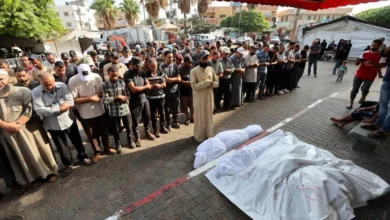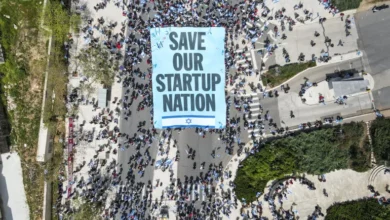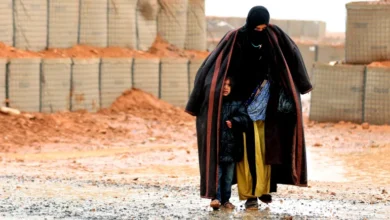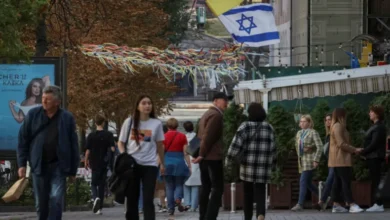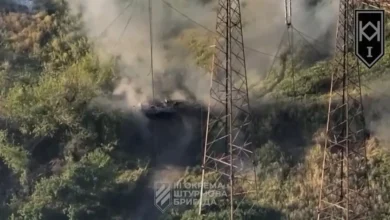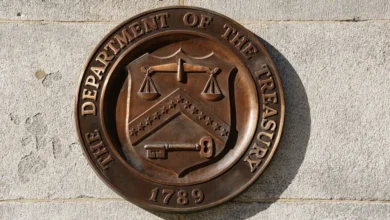Famine by February: How bad is Gaza’s hunger crisis under Israeli attacks?
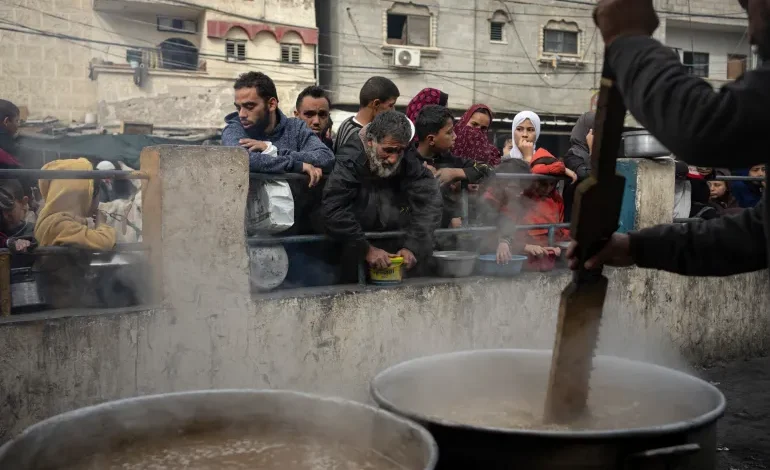
Weeks of restricted access to food in the Gaza Strip have culminated in severe hunger and growing risks of famine in the besieged enclave.
Since early October, Israeli attacks across Gaza have damaged local bakeries and food warehouses, along with roads that are used to transport humanitarian aid. Israel’s total blockade on the enclave has also restricted food, water and fuel from entering in the first place.
What does the IPC report say about Gaza?
More than 90 percent of Gaza’s 2.3 million population is facing high levels of acute food insecurity, according to an Integrated Food Security Phase Classification (IPC) report on Monday.
The IPC, which measures hunger risks, also reported on Thursday that 2.08 million people in Gaza are facing “acute food insecurity” that can be classified in the organisation’s phase three of risk or above.
The IPC has five phases of acute food insecurity, ranging from none (phase one) to catastrophe or famine (phase five). Phase three and five are considered crisis and emergency. “Acute” food insecurity is a short-term phenomenon and tends to stem from unusual or man-made shocks, compared with “chronic” food insecurity, which is long term and a result of insufficient means for living.
Between December and February, Gaza’s entire population is projected to fall under phase three or above, according to the United Nations-backed report.
If current hostilities and limited aid continue, Gaza is also at risk of experiencing a famine by early February. The IPC definition of famine is when at least 20 percent of the population in an area falls under phase five of acute food insecurity.
What does food access look like in Gaza?
Families in Gaza have had to cope with deteriorating quality and declining quantities of food, along with an inability to cook meals due to fuel shortages.


